There is a point in time when that illustrated book that you read to elementary-aged students has content that you didn’t know. It won’t happen with every illustrated book, but the non-fiction ones especially might bring up facts that you adults didn’t know or realize. In Concrete: From the Ground Up, that point came for me when the book said “Cement is not the same as concrete.” That was on the third page and when I looked back at the first two pages there were also facts that I didn’t know. Concrete is not trying to be a primer on construction for children, it’s that it’s an intelligent book, that’s punctuated with lots of humor and illustrations.
Great books can take the seemingly simple and make it interestingCategory: Non-fiction
Tee Time on the Moon, an illustrated book with eyes on a bigger prize
At times, science should be silly, especially if your audience is young and needs to look at things from a different angle. This is the angle that asks questions you’ve never thought about. It’s the sly questioning of whether or not there’s a rhinoceros in the room or a STEM-based story about the time an astronaut played golf on the moon. Tee Time on the Moon is an illustrated book aimed at early to mid-elementary school audiences, but whose curious nature will lend itself to those slightly younger, in addition to older than that. This is due to the left-field thinking that kids would have as to playing golf on the moon. However, the book’s layout also lends itself to welcoming young readers who might be intimidated by the story or the text that they see as out of this world.
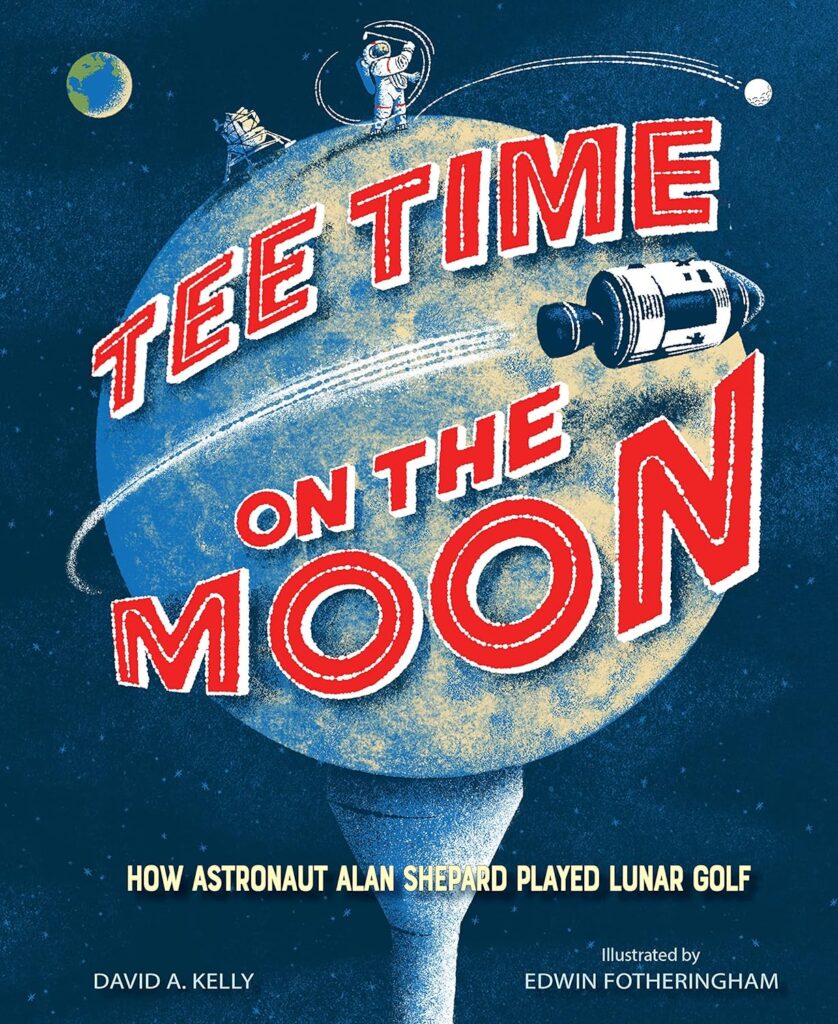
Beulah has a Hunch!, bygone innovations and their unlikely shepherd
Oh Beulah, you always have a hunch. When I read to younger elementary school audiences I love books like Beulah has a Hunch! Inside the Colorful Mind of Master Inventor Beulah Louise Henry, and so do those young audiences. It’s a real story and is one of the first instances of a non-fiction illustrated book that pre-k and early elementary will experience, and we do love some non-fiction. However, non-fiction is only as good as its enjoyment to those elementary ages. This is where the illustrations; combined with the zippy vibe of the book make Beulah has a Hunch! a fun time that won’t tax their time and just might inspire their imagination.
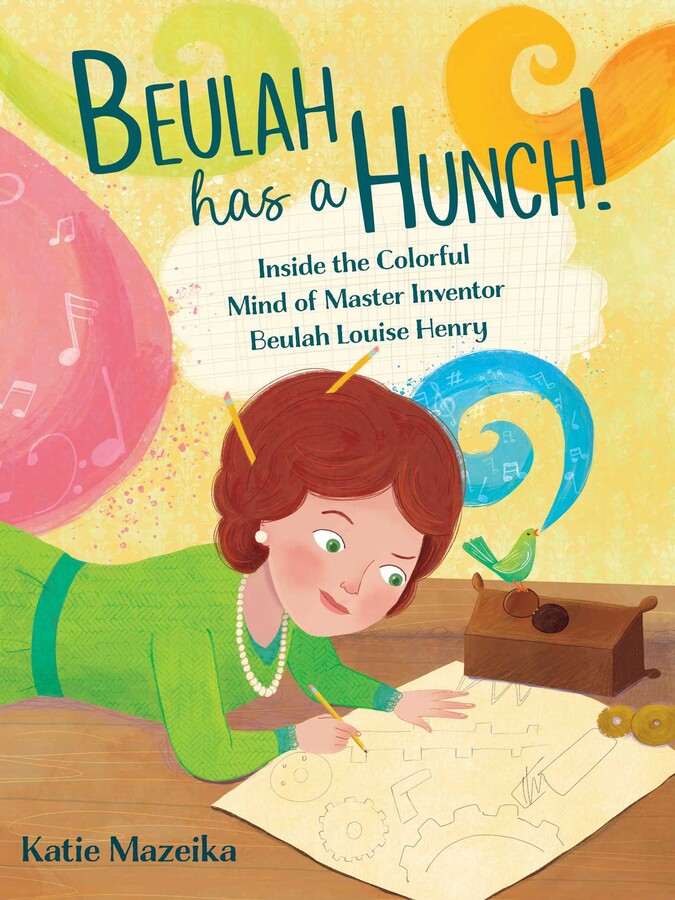
How It Happened! Gum, infectious non-fiction for ages 8-12
Children’s non-fiction book are useless unless they are read by children. It can be a great book all day long, but if younger readers don’t jump in the pool it’s merely an exercise in publishing. How It Happened! is a series of non-fiction books created by WonderLap Group. They take a common subject that kids are interested and give it the “Nat Geo Kids” treatment. That’s the way in which books look engaging to those elementary ages by offering up colored pages, a wide variety of illustrations and photographs, big print and text that takes their hands and makes reading fun.
Elementary school kids, resistance is futileFootsteps on the Map, young child-illustrated book utopia from Nat Geo Kids
When is a National Geographic Kids book not a National Geographic Kids Book? Footsteps on the Map has the National Geographic Kids logo in the upper left-hand corner like others in their lineup, but something is different here. It’s obvious when you look inside, it’s a simpler book, with far fewer words than usual and mixed media illustrations that combine all manner of mediums.
A nature book on exploring for those kids 3 and upFungi Grow, balances poetry, naturalistic STEM and entertainment
Fungi Grow is a smart illustrated book that operates like Chutes and Ladders, if it were laid over an MC Escher drawing with everything still making sense. This is the world of mushrooms. If you ever thought that it would be impossible to make a lyrical illustrated book that dances between poetry, educating kids about fungi and entertaining young readers all to the same degree, then this is just the sort of book that’ll grow on you. The fact that it’s an oversized book provides younger readers more opportunities to fill in the book at their own pace, hopefully letting them know that it’s normal to love to read. Will a cute rabbit and dozens of multi-colored mushrooms on the cover yield a new generation of mycologists?
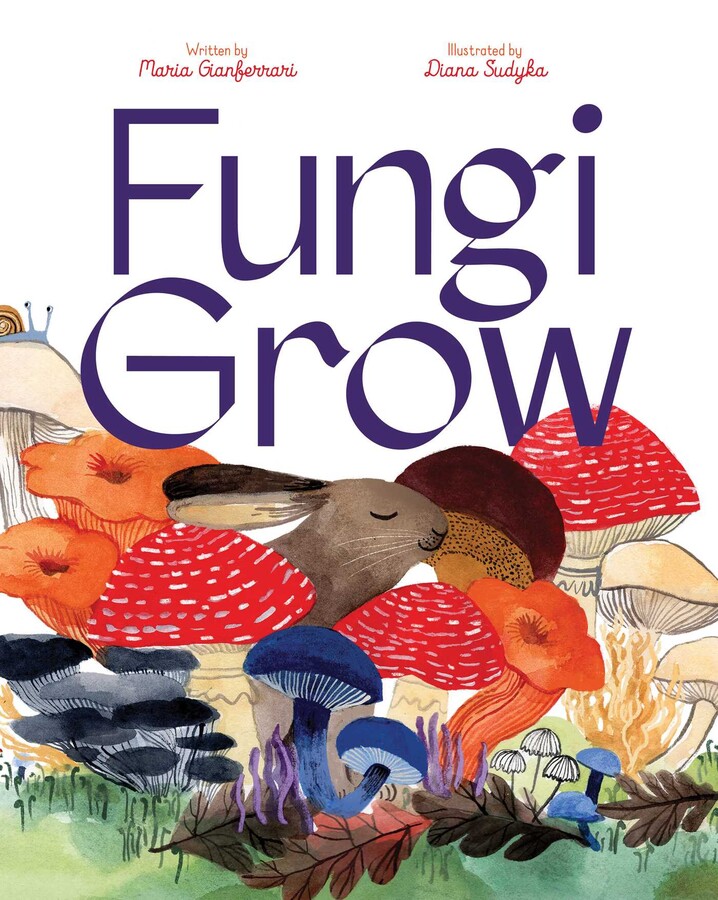
Along Came A Radioactive Spider, the story behind Spidey’s other creator
It’s obvious to pop-culture or comic book fans from the book’s title, Along Came A Radioactive Spider, that Spider-Man is central to the plot of the story. The book’s subtitle, Strange Steve Ditko and the Creation of Spider-Man, fills in some of the blanks and might introduce some elementary school-age readers to the other man behind the spider. He was the peanut butter to Stan Lee’s chocolate and the man who helmed the illustrated manifestation of Spider-Man, Steve Ditko. This illustrated book moves with the same kinetic energy as a great comic book in presenting the strange aspect of how Ditko was perceived and his impact on the publishing world.
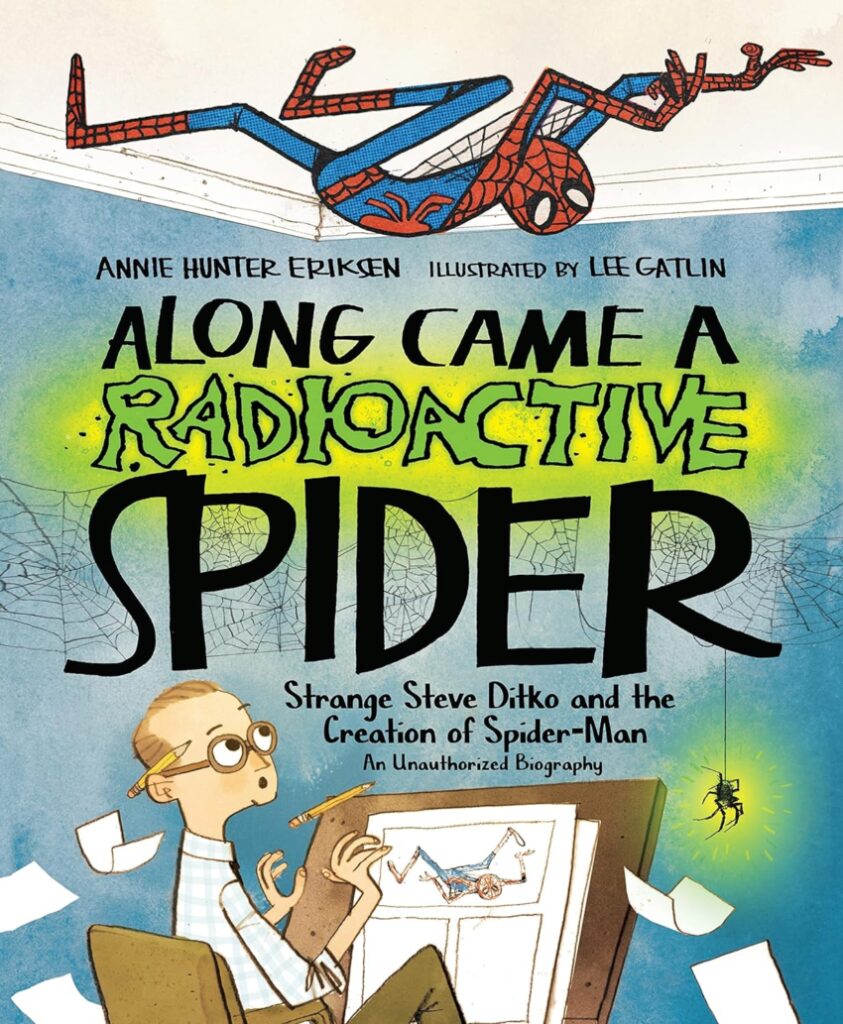
Wonders of the Night Sky, an intelligent illustrated book, for the masses
Effective illustrated books have the potential for more purpose than telling simple stories. Granted, that is where most illustrated or picture books reside, but some of them live in a vein diagram world with more intersections. Wonders of the Night Sky is an illustrated book that has its fingers in the figurative pie of several circles and acts as a lushly illustrated reference book or a highly detailed illustrated book, just to mention two of them. One could also marvel at Wonders of the Night Sky just for its artwork as you appreciate the thousand shades of blue that are deftly mixed with the blackness of outer space. It also might make you gaze up at the night sky a bit more, especially if you’re in a more rural area, and are able to see more of the limitless palette of darkness that are interspersed with lights of different color.
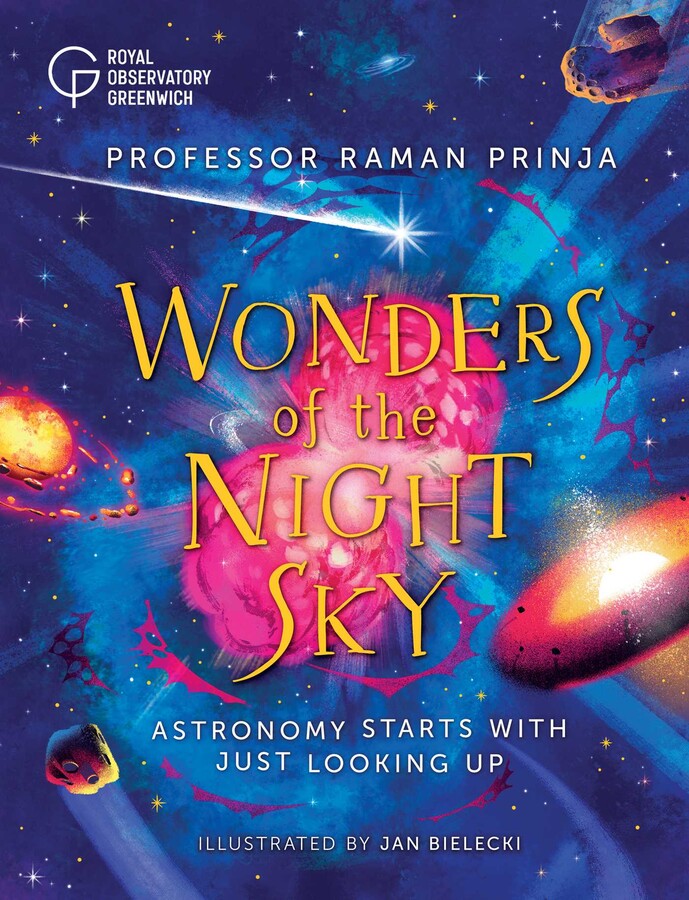
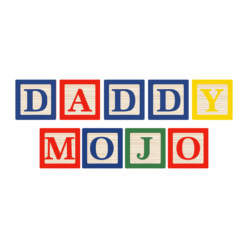
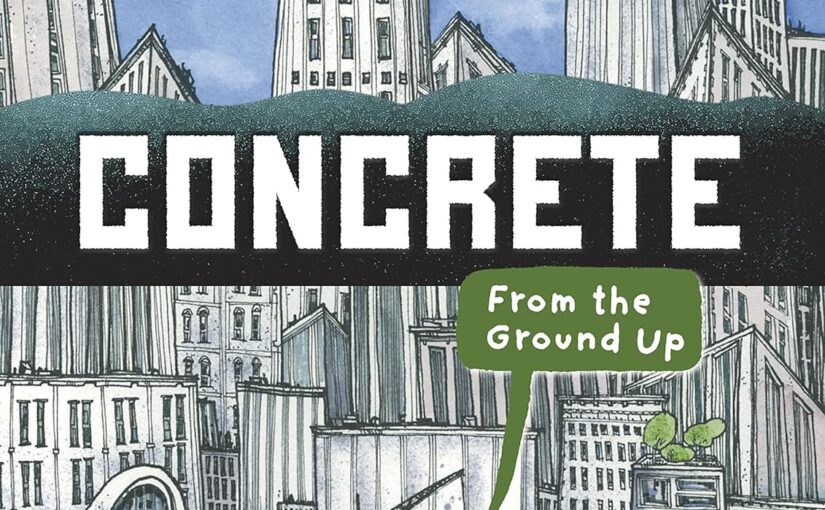
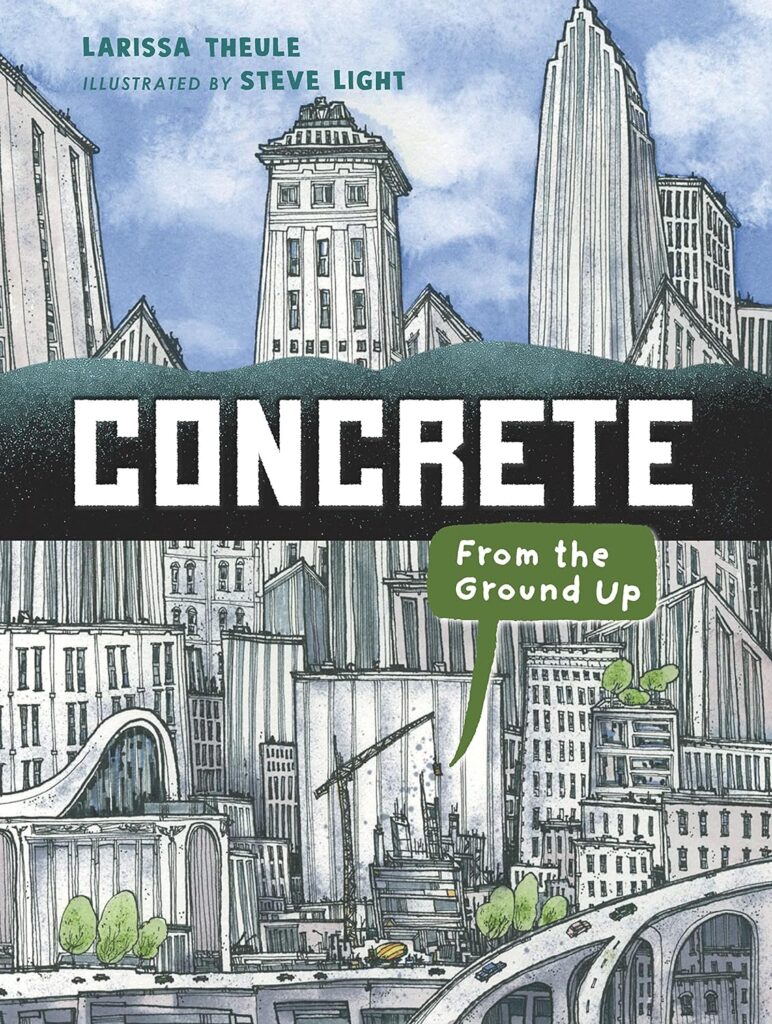
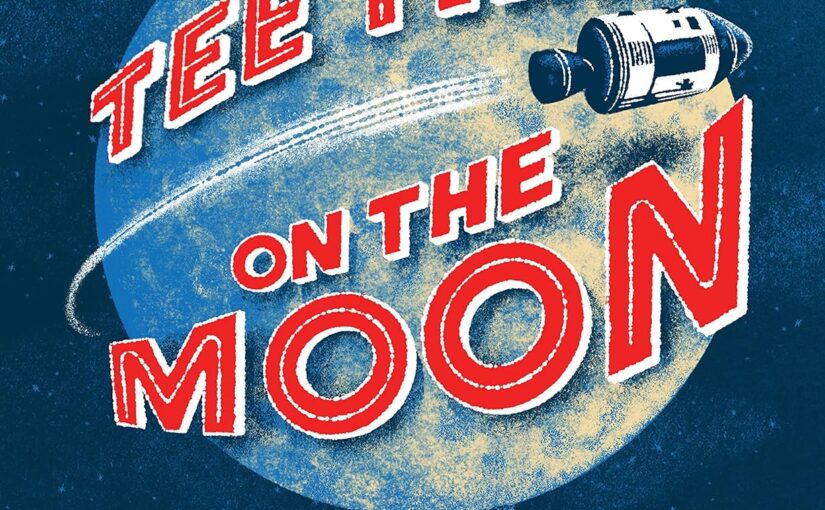
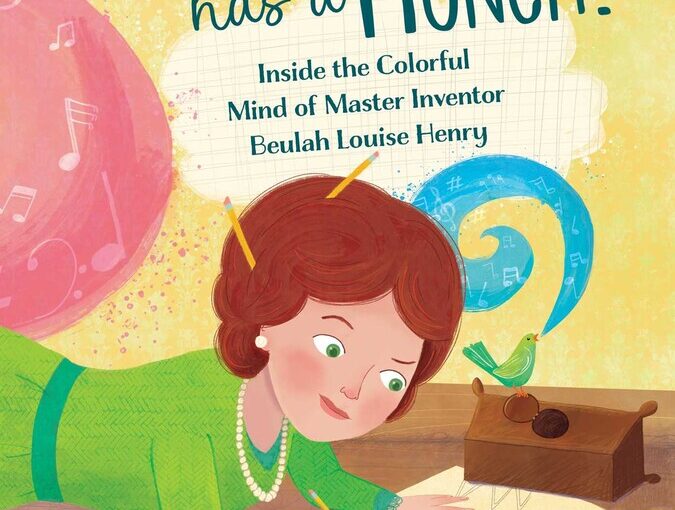
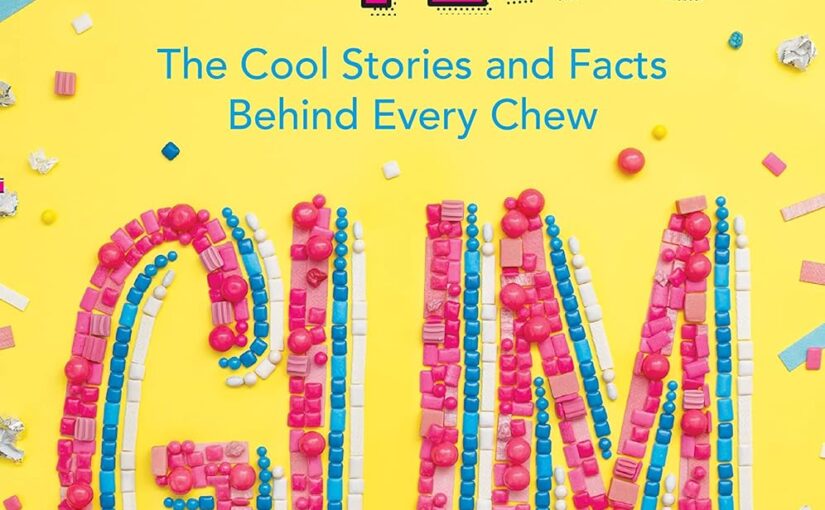
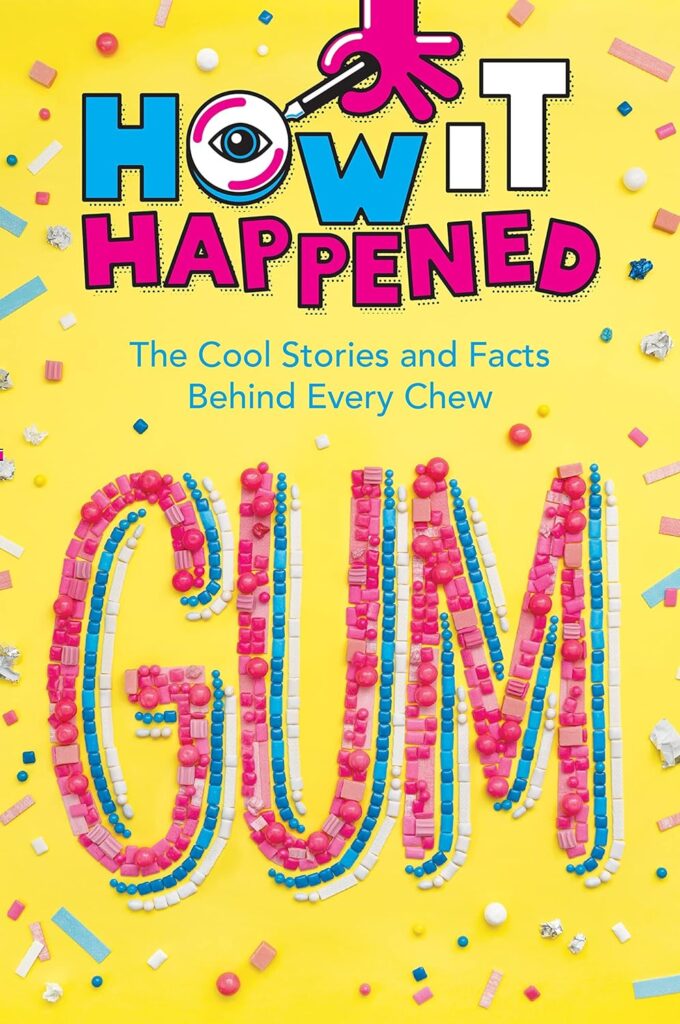
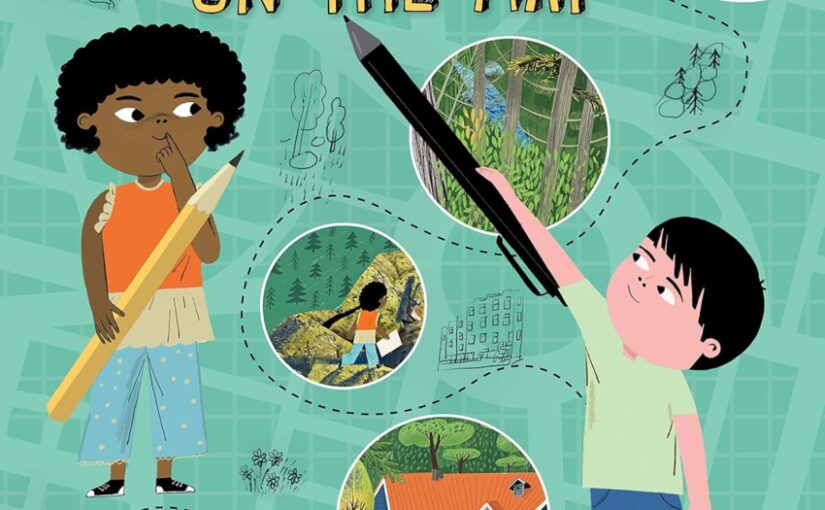
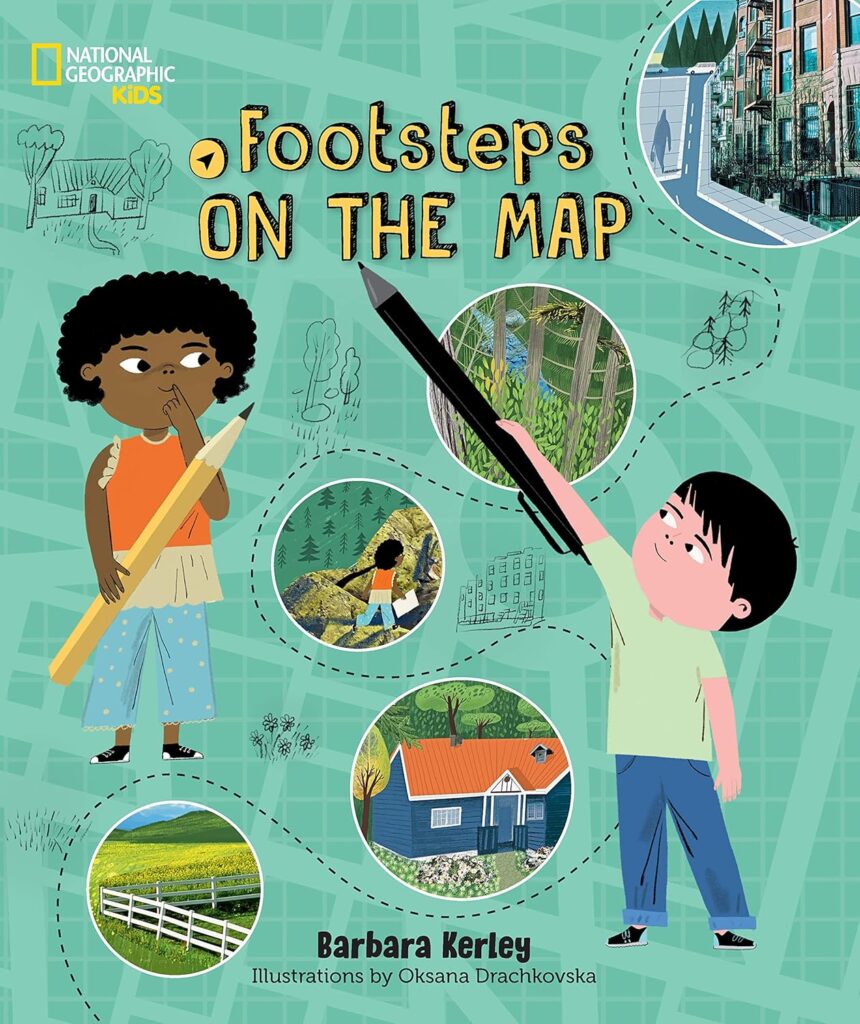
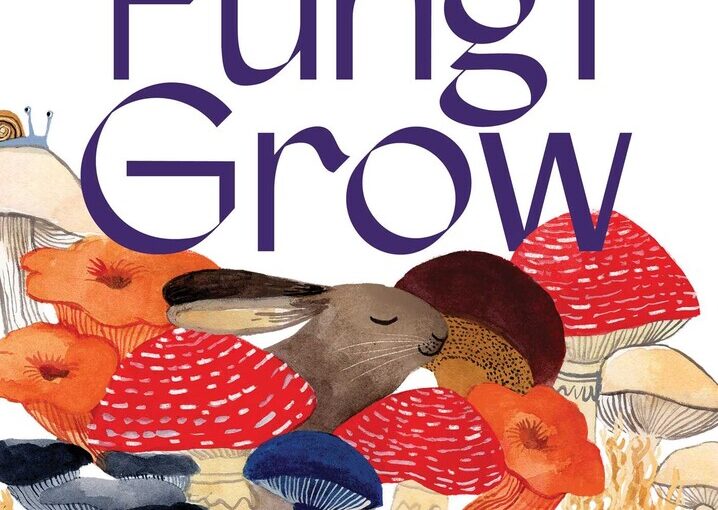
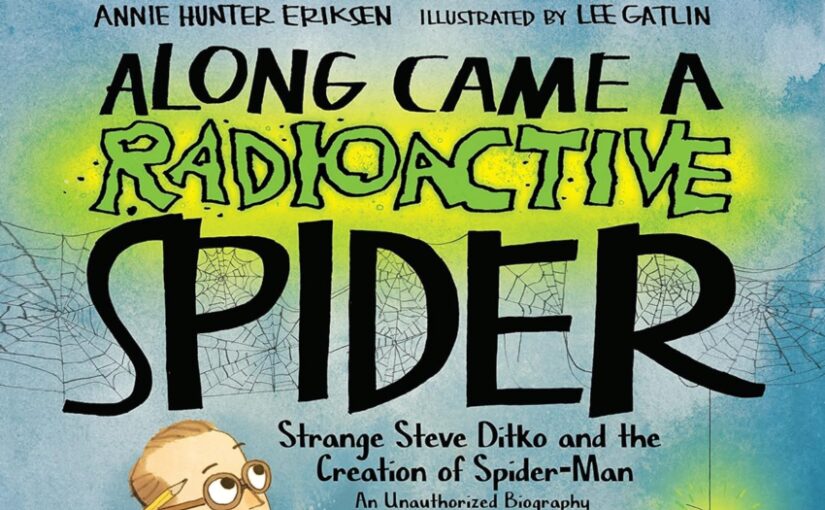
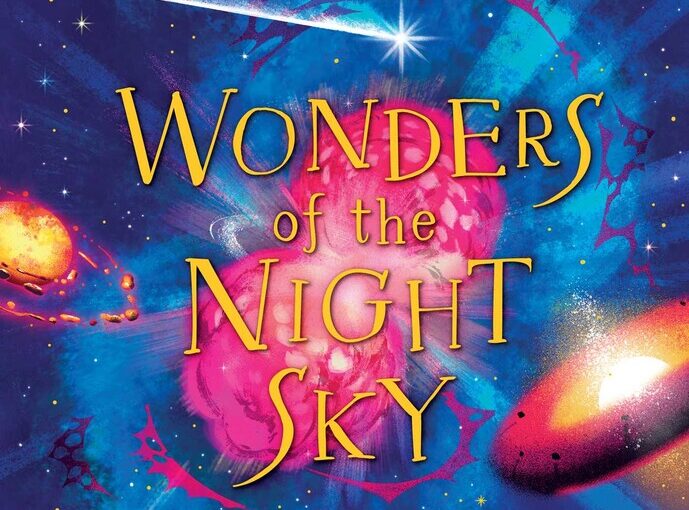


 Facebook
Facebook Twitter
Twitter Flickr
Flickr GooglePlus
GooglePlus Youtube
Youtube